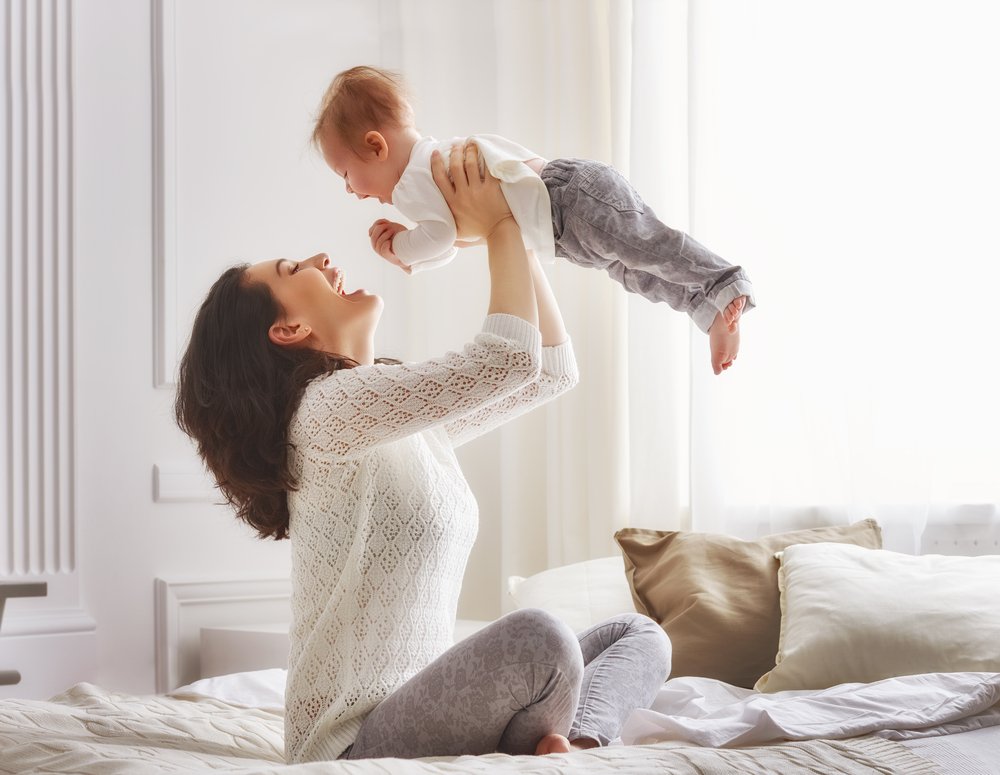Ongoing Training for Family Caregivers of Ventilator-dependent Kids with SMA Improves Assistance

Continuous simulation training for family caregivers of children with spinal muscular atrophy (SMA) leads to improved assistance at home and better clinical outcomes, according to new research.
The study, “An Evaluation of a Continuing Education Program for Family Caregivers of Ventilator-Dependent Children with Spinal Muscular Atrophy (SMA),” appeared in the journal Children.
SMA affects motor nerve cells in the spinal cord, leading to an inability to walk or eat. The disease seriously impairs respiratory function, including muscle impairment, respiratory failure, and chronic pulmonary disease.
Without respiratory support, 90 percent of children with SMA type 1 die before 12 months of age and 100 percent die by 24 months. However, both noninvasive ventilation and assisted ventilation through a tracheostomy (surgery to create a hole through the front of the neck and into the trachea to facilitate breathing) can now extend the survival of children with SMA into adulthood.
Technological advances in recent decades enabled pediatric intensive care to move to the home. Family members are now critical in helping children with complex healthcare needs.
The gradual neurodegenerative changes in SMA result in increasingly complex mechanical ventilation at home. This requires continuous training of family members by professional caregivers, which has been shown to improve survival rates, decrease the frequency and lengths of hospital stays, and decrease care-related costs.
However, time constraints due to round-the clock care and rare opportunities for sustained training outside the hospital significantly complicate a continuous training program. In this regard, portable electronic simulation, which can be done at home, is a great help for continuing education and the acquisition of new skills.
In an effort to improve continuous education of family caregivers of children with SMA, BAYADA Home Health Care Pediatric Specialty Practice in Burlington, New Jersey, created a comprehensive community-based curriculum.
The study, authored by Deborah Burroughs, aimed to analyze the effectiveness of this training.
The sample included 11 children with SMA ages six months to 18 years. Portable electronic simulation training was done at a lab located at the BAYADA nursing agency closest to the families’ homes.
All participants reported greater confidence in their ability to respond to emergency situations, although they preferred home-based training in future sessions.
Although 36 percent (four in 11) of the children were hospitalized for infections and/or respiratory distress during the six-month post-training period, all of their family caregivers were able to immediately recognize the need for medical intervention to prevent further complications. In addition, caregivers were also able to assist in tracheostomy emergencies at home due to the training they received.
Despite the positive results, participants also reported some problems that need to be addressed in the future, including the difficulty in retaining a large amount of information; the complexity of the skills being taught and the lack of time to practice them; and the stress affecting some participants which may have impeded learning.
Overall, although future assessments need to include a control group and larger sample sizes, the study “serves as a first step to indicate the need for home-care professionals to provide ongoing simulation training and practice opportunities to family caregivers of mechanically ventilated children with complex diagnoses,” the author wrote.
As professional nursing care in the home for ventilator-dependent children usually does not exceed eight to 16 hours per day, it is crucial to continually improve the quality of care provided by the family. This could lead to better clinical outcomes and reduce the incidence of preventable deaths in children with SMA.







